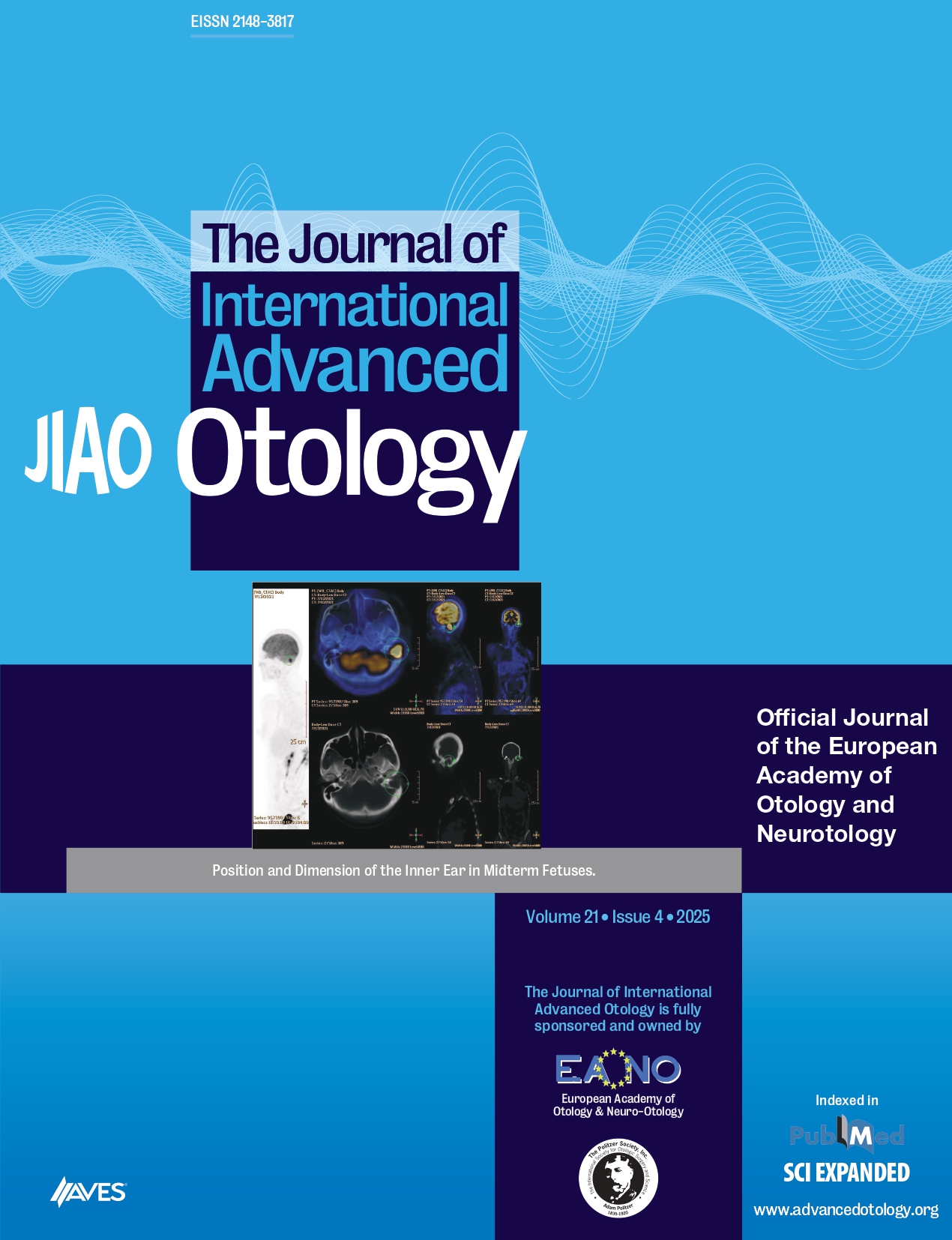Abstract
OBJECTIVE: The aim of this study was to evaluate the vestibular system of children with unilateral sensorineural hearing loss (USNHL), investigate the etiological factors of USNHL and analyze whether a genetic predisposition exists.
MATERIALS and METHODS: Thirty-three children aged less than 18 years with USNHL, who visited the ear, nose, and throat (ENT) department between January 2004 and December 2012, were included in this study. Cases with conductive hearing loss were excluded from the study. The patients were subjected to etiologic, genetic, and ophthalmologic evaluation; radiologic imaging; electronystagmography (ENG); and vestibular evoked myogenic potential (VEMP) tests. The control group, which included 25 healthy children (13 males and 12 females), had undergone audiological assessment and were subjected to ENG and VEMP tests.
RESULTS: All of the patients had severe-to-profound hearing loss. Mumps immunoglobulin G was positive in 22 (66.7%) of 33 patients. The 35delG mutation was not found in any of the patients. All of the patients underwent temporal computed tomography (CT) and magnetic resonance imaging (MRI). Inner ear anomaly was present in 51.5% of the patients. Overall, 21 of 31 ENG patients had canal paresis in the affected ear. The VEMP response was absent on the affected side in three patients. The n23 latency average of the patient group was longer than that of the control group.
CONCLUSION: Because USNHL causes irreversible problems in children, early diagnosis and auditory rehabilitation are very important. As USNHL is accompanied by inner ear anomaly, children with USNHL should undergo temporal bone CT and MRI. To evaluate the vestibular system, ENG and VEMP are non-invasive and diagnostic tests.



.png)
.png)